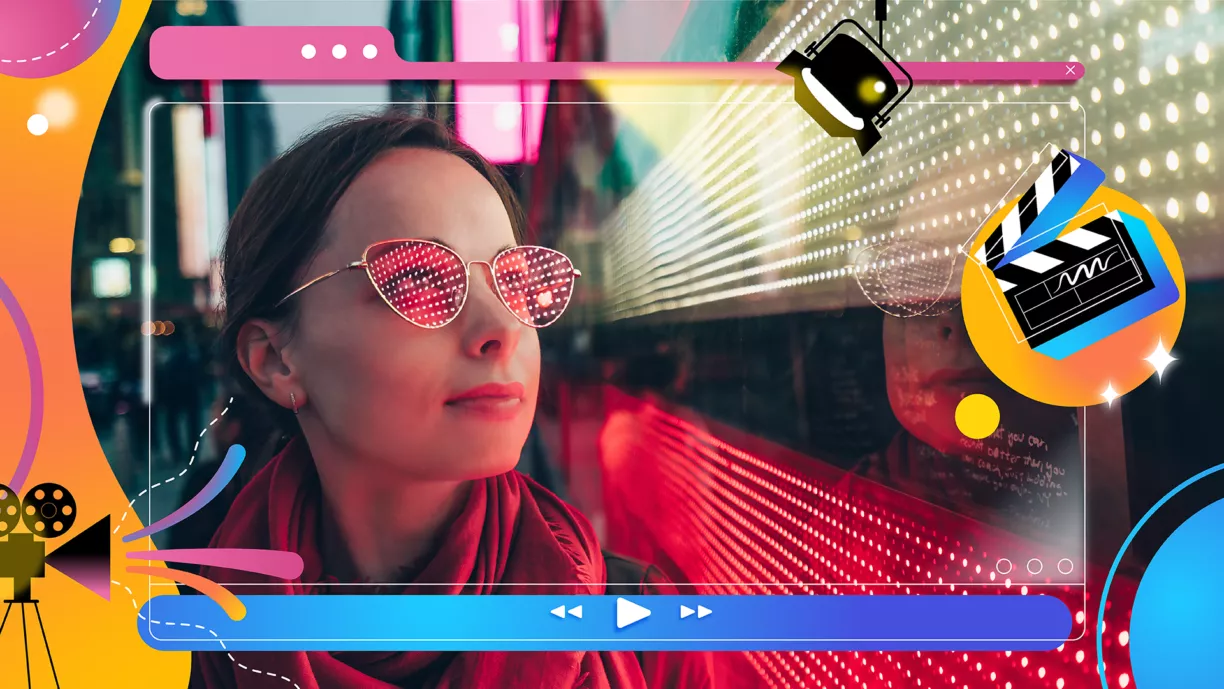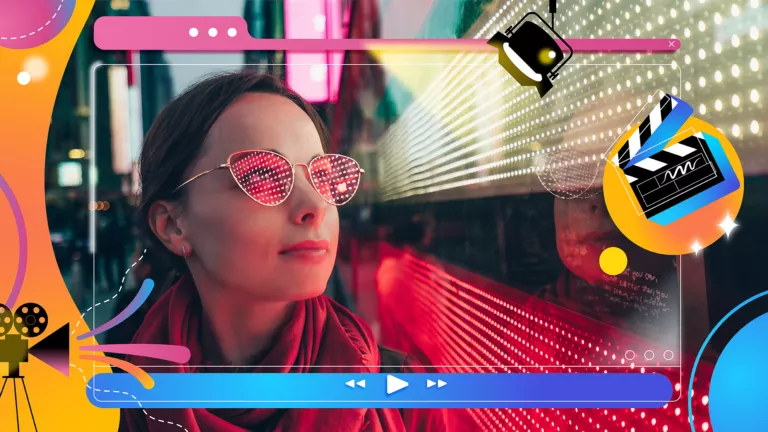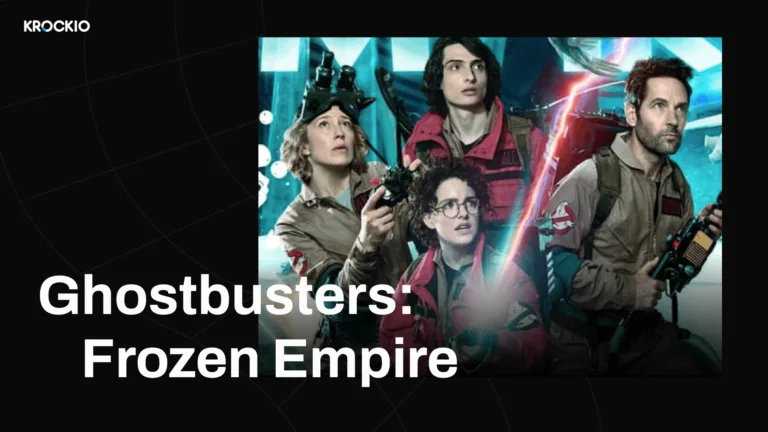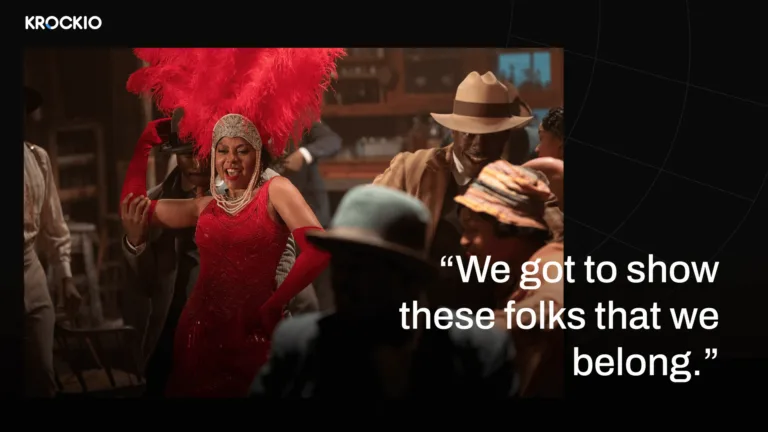In the world of video production, lighting is a key player that can turn an ordinary scene into a spellbinding masterpiece. It’s a vital ingredient that brings the story to life by adding depth, mood, and feeling. In this article, we will explore the art of lighting and how it can be used to create a cinematic look in video production.
Understanding the Basics
Before we dive into the art of lighting, it’s important to understand the basics. Lighting is the process of illuminating a scene or subject. It can be natural or artificial and can be used to highlight certain elements or create a mood. There are three main types of lighting in video production: key light, fill light, and backlight.

The key light is the primary light source that illuminates the subject. The fill light is used to fill in shadows and create a more even exposure. The backlight is used to create separation between the subject and the background.
In animation, lighting is not limited to the three-point lighting system. Animators have the freedom to create any type of lighting they want. They can experiment with different colors, intensities, and directions to create unique and compelling visuals. However, it’s important to keep in mind the basic principles of lighting, such as direction, intensity, and color.
The Direction of Light
The direction of light plays a crucial role in creating a cinematic look. It can be used to create depth, highlight certain elements, and create a mood. In animation, the direction of light can be changed easily and can be used to create a sense of movement or change in time. For example, a light source that moves across the scene can create the effect of the sun rising or setting.
When lighting a scene, it’s important to consider the direction of light and how it affects the subject. For example, a subject lit from below can create a sinister or spooky look, while a subject lit from above can create a heroic or majestic look. The direction of light can also be used to create shadows and highlights that add depth and texture to the scene.
The Intensity of Light
The intensity of light refers to how bright or dim the light is. It can be used to create contrast and depth in a scene. In animation, the intensity of light can be used to create a sense of time and place. For example, a dimly lit scene can create the effect of a night scene, while a brightly lit scene can create the effect of a sunny day.
When lighting a scene, it’s important to consider the intensity of light and how it affects the mood and atmosphere. A low-intensity light can create a moody and intimate atmosphere, while a high-intensity light can create a bright and cheerful atmosphere.
The Color of Light
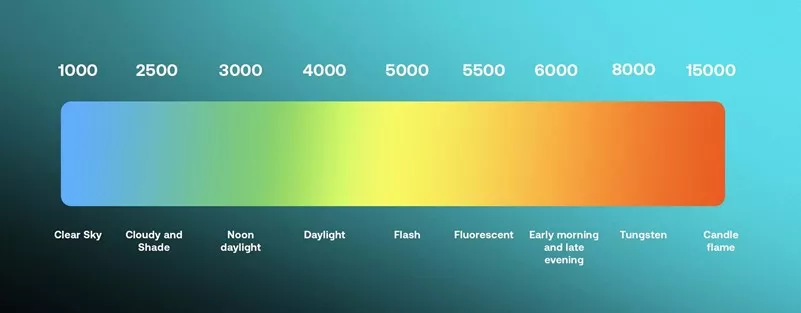
The color of light plays a crucial role in creating a cinematic look. It can be used to create a mood, add depth, and convey emotion. In animation, the color of light can be used to create a unique and stylized look. For example, a blue light can create a cool and calming atmosphere, while a red light can create a tense and dramatic atmosphere.
When lighting a scene, it’s important to consider the color of the light and how it affects the mood and atmosphere. A warm color such as orange or yellow can create a cozy and inviting atmosphere, while a cool color such as blue or green can create a mysterious and eerie atmosphere.
How to Create the Right Light for Different Types of Video Productions?
1. Corporate Videos
Corporate videos are typically designed to inform and persuade an audience about a company, product, or service. To create the right light for a corporate video, you should aim for a clean and professional look. This can be achieved by using bright and even lighting, such as softboxes or diffusers. The lighting should be positioned to illuminate the subject without casting harsh shadows. You may also want to use a fill light to balance out any harsh shadows or contrast.
2. Music Videos
Music videos are all about creating a mood and enhancing the music with the visuals. The lighting should reflect the tone of the music and the artist’s style. To create the right light for a music video, you may want to use colored gels to create a unique and stylized look. You may also want to experiment with different lighting positions and angles to create dynamic and interesting visuals.
3. Commercials
Commercials are designed to sell a product or service, and the lighting should reflect that. The lighting should be bright, clear, and vibrant to showcase the product or service in the best possible light. You may also want to use different lighting setups to showcase different features of the product or service. For example, if the commercial is showcasing a new car, you may want to use a spotlight to highlight the car’s sleek lines and features.
4. Interviews
Interviews require a more natural and conversational tone, and the lighting should reflect that. The lighting should be soft and even, with no harsh shadows. This can be achieved by using diffused lighting, such as softboxes or umbrellas. You may also want to use a fill light to balance out any harsh shadows or contrast. The lighting should be positioned to illuminate the subject’s faces and make them feel comfortable and at ease.
5. Narrative Films
Narrative films are all about telling a story, and lighting plays a crucial role in creating the right mood and atmosphere. The lighting should be used to enhance the story and convey emotion. This can be achieved by using a combination of hard and soft lighting and by positioning the lights to create interesting shadows and contrast. You may also want to experiment with different color temperatures to create a unique and stylized look.
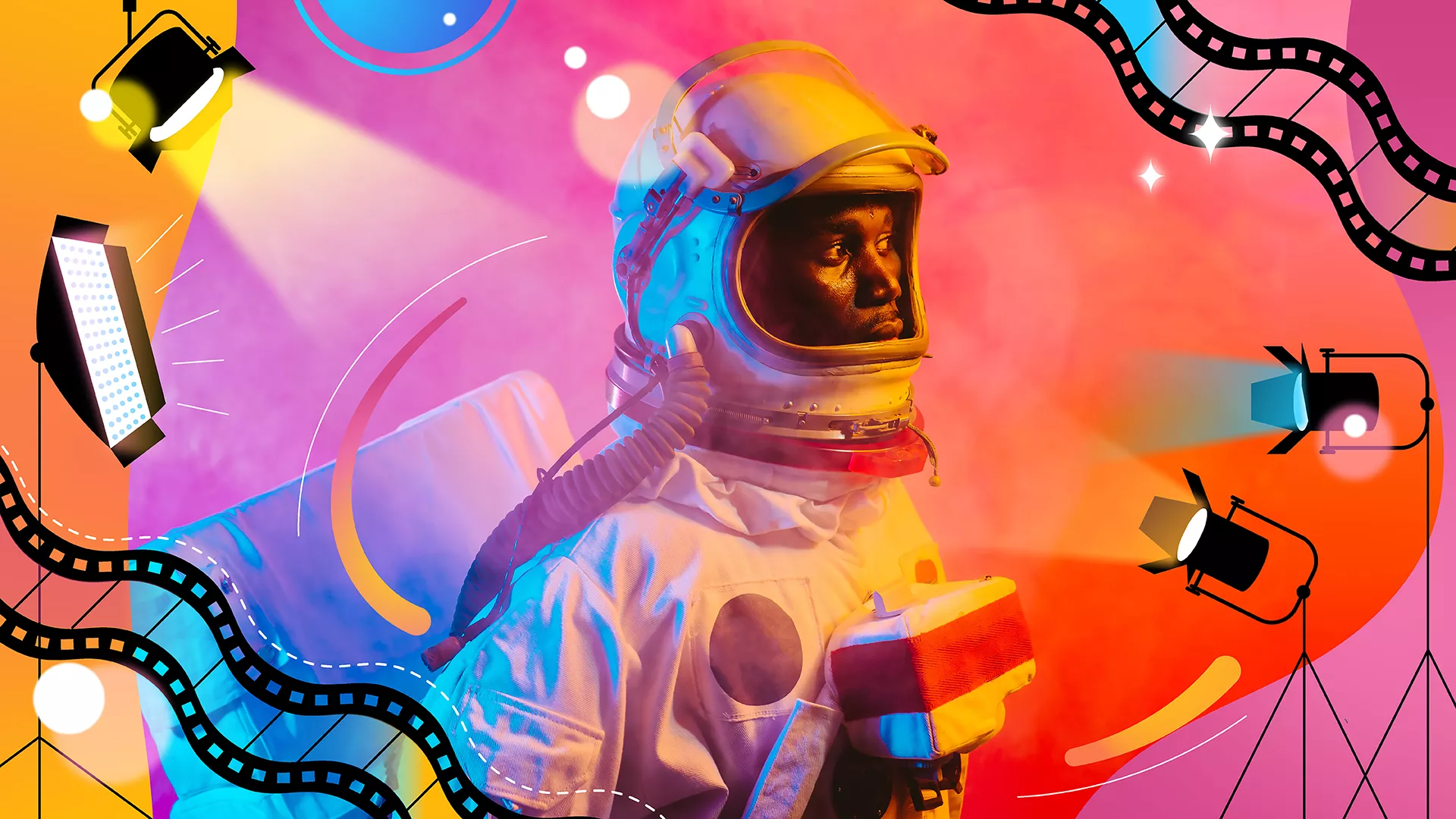
The Art of Lighting
Now that we’ve covered the basics, let’s dive into the art of lighting. The art of lighting is about using the principles of lighting to create a unique and compelling visual style. It’s about experimenting with different colors, intensities, and directions to create a mood and atmosphere that suit the story and enhance the narrative.
In animation, the art of lighting is particularly important as it helps to create a believable and immersive world. The lighting needs to be consistent with the style and tone of the animation. For example, if the animation has a stylized, cartoonish look, then the lighting should be exaggerated and playful. If the animation has a more realistic, gritty look, then the lighting should be moody and atmospheric.
One of the key aspects of the art of lighting is storytelling. Lighting can be used to convey emotion and enhance the narrative. For example, a scene with a character in a dark alley can be lit with a single, dim light source to create a feeling of tension and danger. Conversely, a scene with a character in a bright, open field can be lit with warm, natural light to create a feeling of safety and peace.
Another aspect of the art of lighting is creating a sense of depth and texture. Using shadows and highlights to create contrast and depth can accomplish this. For example, a character with a textured surface, such as fur or scales, can be lit with a backlight to create a sense of depth and texture.
The art of lighting also involves collaborating with other members of the production team, such as the director, cinematographer, and art director. Each member brings a unique perspective and expertise to the project, and it’s important to work together to achieve a cohesive and effective visual style.
Tips for Creating a Cinematic Look
Now that we’ve covered the basics and the art of lighting, let’s look at some tips for creating a cinematic look in video production.
Use contrasting colors.
Contrasting colors can create a dynamic and visually interesting scene. For example, a blue subject against an orange background can create a striking visual contrast.
Use practical lighting.
Practical lighting refers to lighting that is visible within the scene, such as a lamp or a window. Using practical lighting can create a more natural and realistic look.
Experiment with different light sources.
Experimenting with different light sources can create unique and compelling visuals. For example, a neon sign or a fire can create a distinct and stylized look.
Use shadows and highlights.
Shadows and highlights can add depth and texture to a scene. Experiment with different angles and intensities to create a sense of depth.
Consider the time of day.
The time of day can affect the mood and atmosphere of a scene. Experiment with different times of day to create a unique and effective visual style.
Conclusion
The art of lighting is a spellbinding aspect of video production. It has the power to take a scene from boring to breathtaking and transport the audience to a world beyond their wildest imagination. In the world of animation, lighting is the secret ingredient that gives life to the characters and breathes magic into the story. With a solid grasp of the basics and a sprinkle of creativity, you can conjure up a cinematic look that will captivate your audience and make your animation stand out from the rest.
Check out more articles on getting started with KROCK.IO:
If you have any questions or need help, just let us know.

